Do air purifiers help with mold? HVAC experts reveal the appliance's powers and limitations
Effectively manage mold and mildew in your home with these tips from the pros
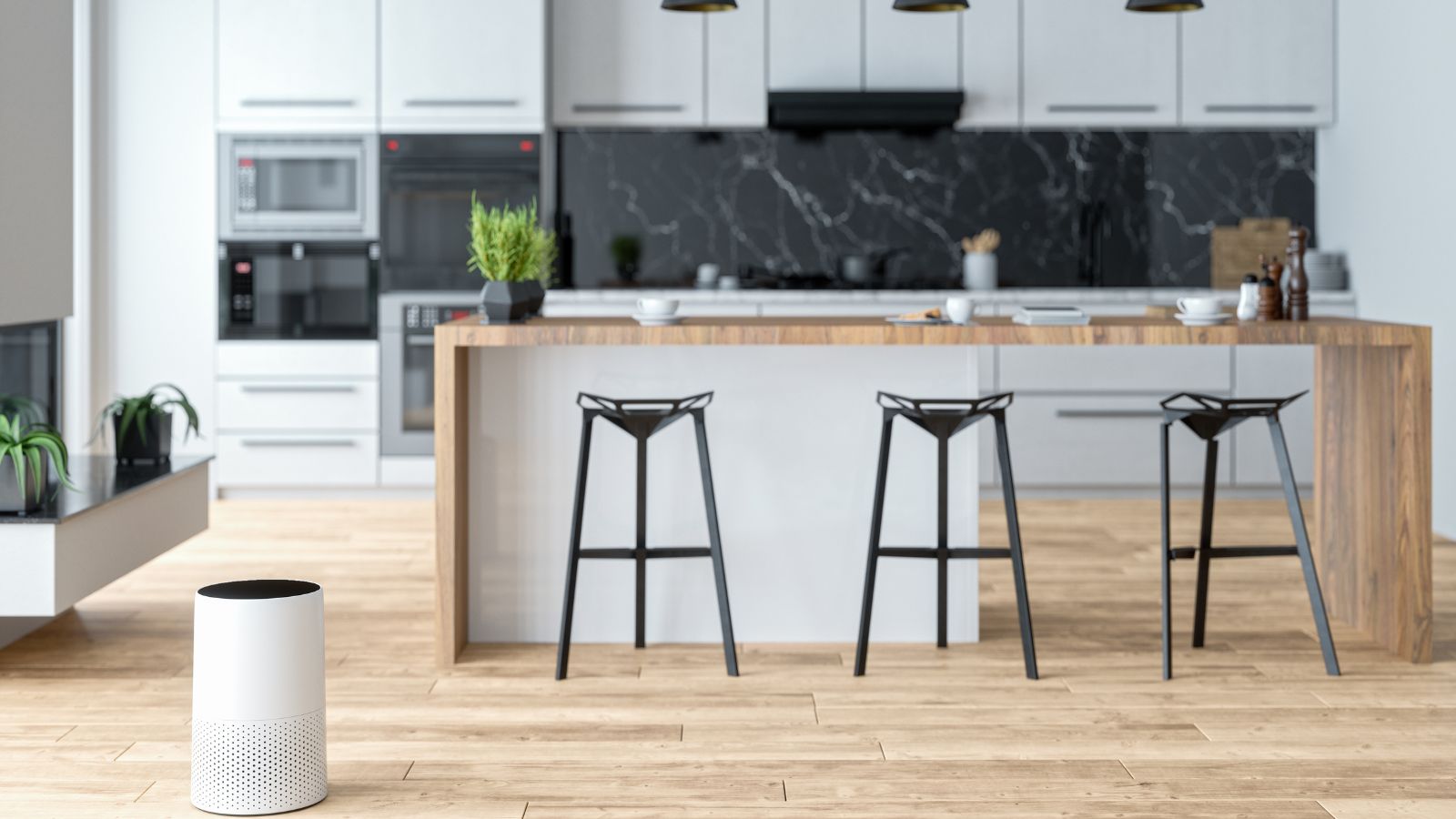

No one wants to deal with mold or mildew in their home. Not only is it unsightly and causes musty odors, but it is a serious health hazard too, often causing respiratory illness. This begs the question, do air purifiers help with mold?
HVAC experts suggest these handy devices could play a role in helping with the symptoms mold causes, but they might need a helping hand when dealing with the source of the problem itself.
Here, we spoke to HVAC experts for their advice on tackling common types of household mold, and what they recommend alongside air purifiers to eliminate these problems for good.
Do air purifiers help with mold?
Before we can start to tackle mold and mildew, we need to understand exactly what they are.
Mold and mildew are both types of fungi that thrive in moist, warm environments, and therefore commonly occur in bathrooms and basements. They can grow on a variety of surfaces, from wallpaper and tiles to fabrics and wood.
Health issues related to mold and mildew include allergies, respiratory problems, and other serious health risks, especially for those with compromised immune systems or asthma, this is why some people may turn to an air purifier to help.

However, as Josh Mitchell, HVAC technician and owner of Air Conditioner Lab explains, 'While air purifiers can help remove mold spores from the air, they won't eliminate mold at its source. Mold loves damp spots (which is why it's often present in bathrooms and plumbing), so if you don't deal with the underlying problem, usually moisture, the spores will grow on surfaces.'
Design expertise in your inbox – from inspiring decorating ideas and beautiful celebrity homes to practical gardening advice and shopping round-ups.
Therefore, to get rid of black mold and clean mold in the shower, for example, a specifically formulated product should be used, such as the RMR-141 Mold and Mildew Killer available at Amazon, which kills 99.9% of bacteria and viruses.
If you prefer not to use chemicals, you can use vinegar to kill mold, by mixing vinegar and water in a 1:1 ratio a spray bottle, such as the Equate 8 oz Plastic Spraybottle available at Walmart. We recommend using the Heinz All Natural Distilled White Vinegar with 5% Acidity available at Amazon for this, and, as a gentle cleaner, this solution is even suitable to get mold off handbags.
These methods, in conjunction with an air purifier, present a powerful solution to mold issues.
Mitchell advises, 'Think of an air purifier as more of a stopgap measure; it helps keep the air cleaner by trapping spores before they settle down and cause more problems.'
The pros of using an air purifier to help with mold

While an air purifier can't remove mold from your home on its own, there are significant pros to investing in one.
David Greenberg, mitigation manager at Cleaner Guys says, 'The pros of using an air purifier is mainly that it minimizes the particles suspended in the air, preventing them from entering your airways, or landing and colonizing in other areas, leading to further mold growth.'
They're also one of the ways to improve air quality in your home when living in a city, which can lead to better sleep and improved help. Mitchell adds, 'Air purifiers allow you to breathe easier, and feel more comfortable in your home.'
The Limitations of Air Purifiers
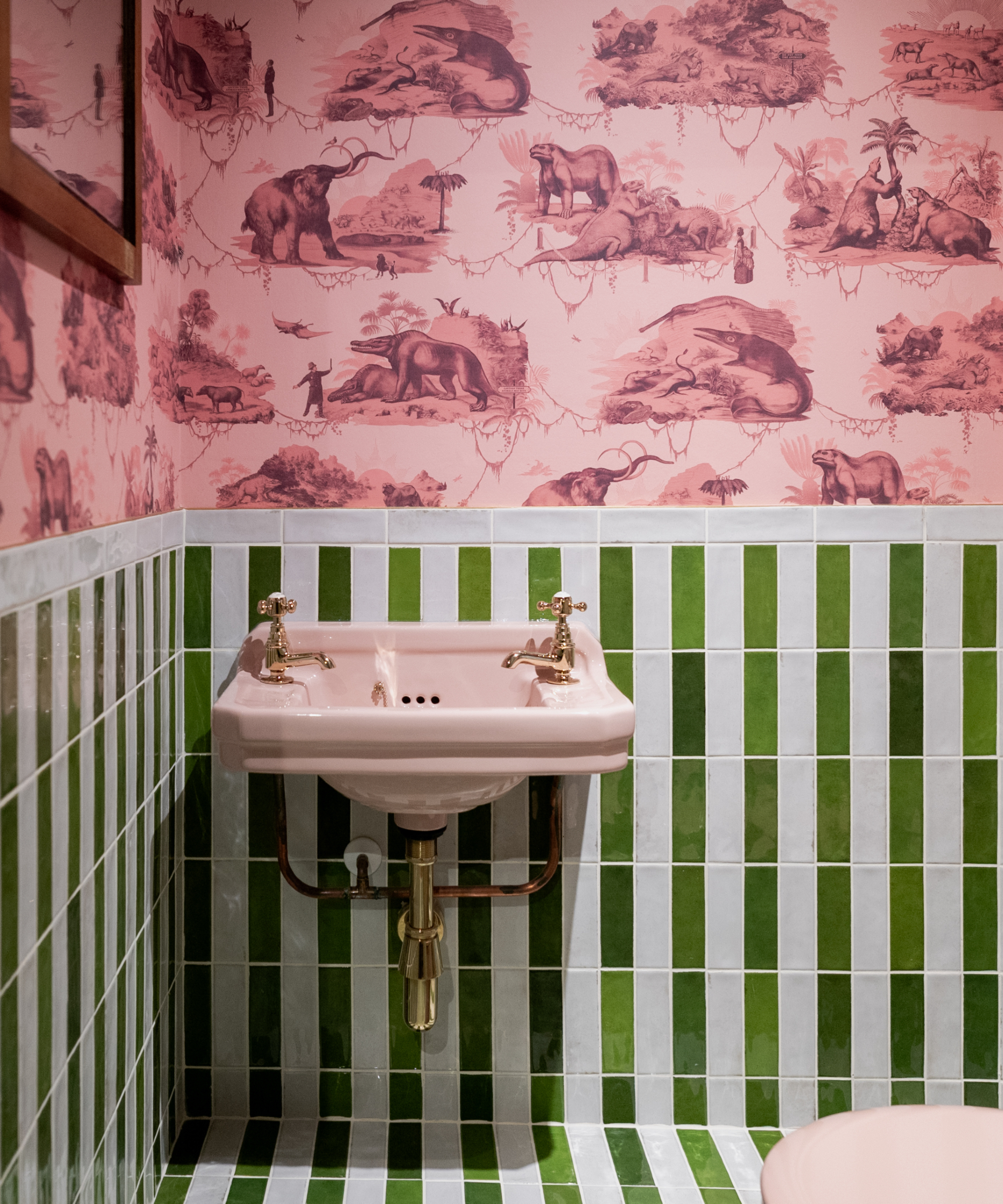
Importantly, while air purifiers can capture airborne mold spores, they do not address the source of mold growth. If the conditions that allowed mold to grow in the first place – such as high humidity or water leaks – are not corrected, mold will, therefore, continue to grow and produce new spores.
HVAC expert Mitchell advises, 'Remember that air purifiers don't deal with moisture, which is responsible for mold growth. So, if you already have a mold problem, an air purifier won't solve it.
'Also, if mold spores are sitting on surfaces, an air purifier can't clean those up either.'
So, to solve mold problems, you need to physically clean and remove mold growth, use one of the best dehumidifers to reduce moisture, fix leaks, improve ventilation, and use exhaust fans in areas like bathrooms and kitchens.
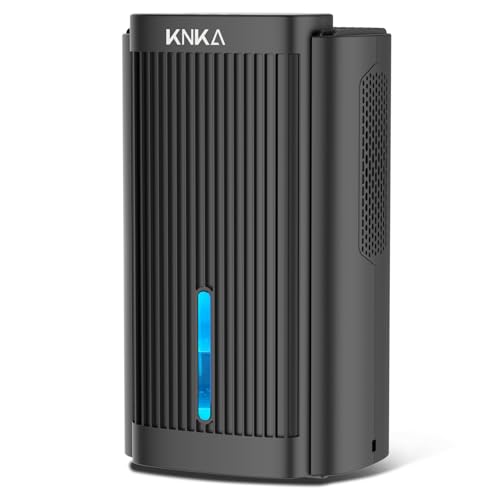
This dehumidifer features auto shut-off, and a sleep mode, perfect for using to get a good night's sleep while keeping energy bills low. It also absorbs up to 40oz of excess water a day, and the simple design is easy to set up in seconds.
All prices were correct at the time of publication.
How to choose an air purifier
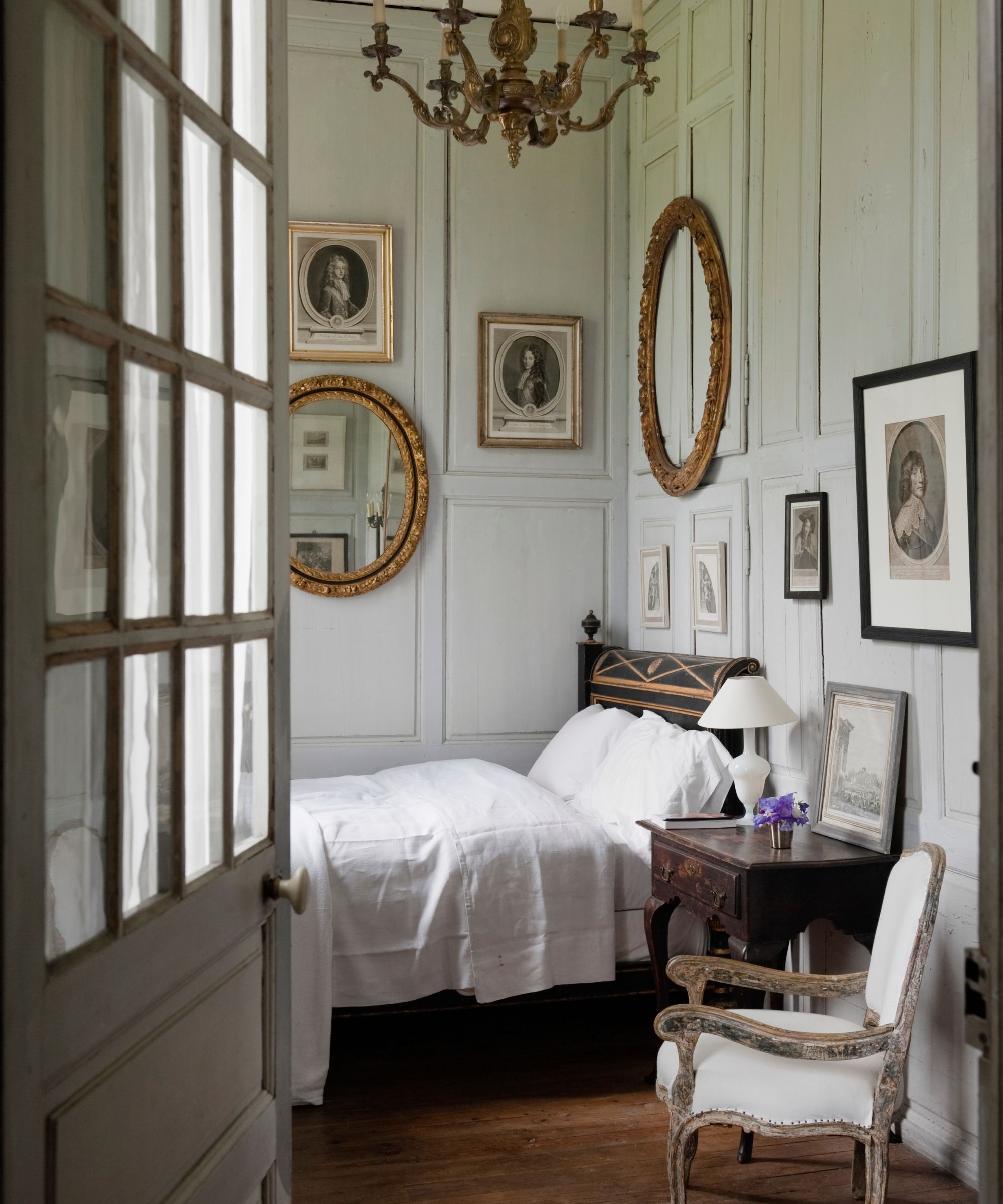
Not clued up on what to look for in an air purifier?
If you're unsure how to choose the right air purifier for your home, when choosing which air purifier to buy, HVAC expert Mitchell states that you should consider it’s Clean Air Delivery Rate (CADR). An air purifier’s CADR measures how much air an air purifier can clean in a minute. The higher the CADR, the better the purifier is at filtering the air quickly and efficiently. So look for one with a high CADR for dust and pollen. Your air will get cleaned up fast, reducing the amount of mold spores floating around.
Also, consider the cubic volume you are looking to filter. Mold expert Greenberg explains, 'Four exchanges an hour is recommended, meaning the machine should have a high enough CFM (cubic feet a minute) rate to exchange the air four times an hour.' The calculation used to determine this is: ACH = CFM x 60 / Room Volume (Area x Height).
Some air purifiers also contain an activated carbon filter, which work like odor and chemical sponges to soak up all the smells and volatile organic compounds (VOCs) produced by mold and mildew. VOCs can make breathing a difficultly, particularly for people with asthma or other respiratory issues, so these filters work well to reduce this.
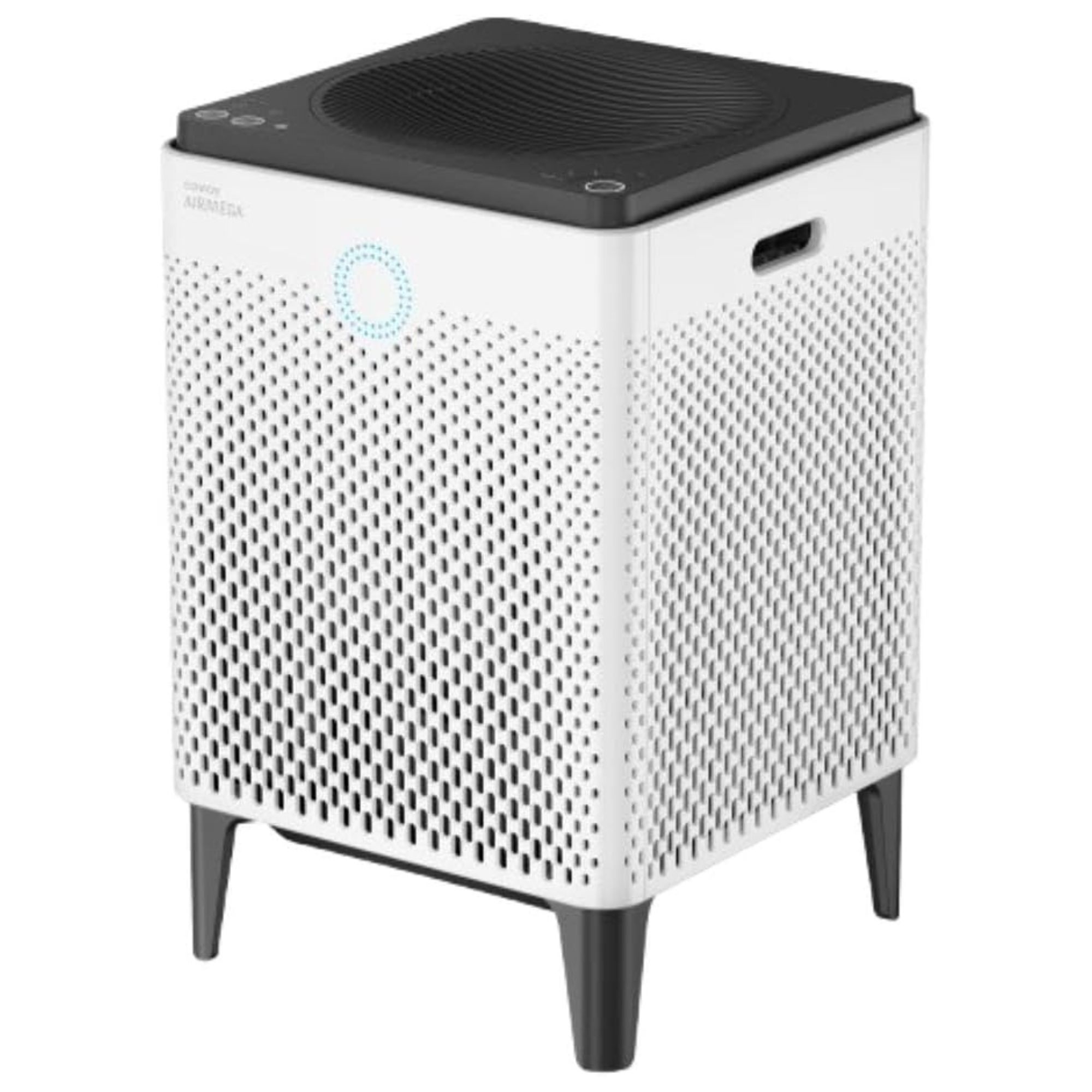
'The Coway Airmega 400 is a solid option for a more premium choice,' says Mitchell. 'It covers larger spaces, up to 1,560 square feet, and has multi-stage filtration and smart controls, making it an excellent pick for bigger areas.'
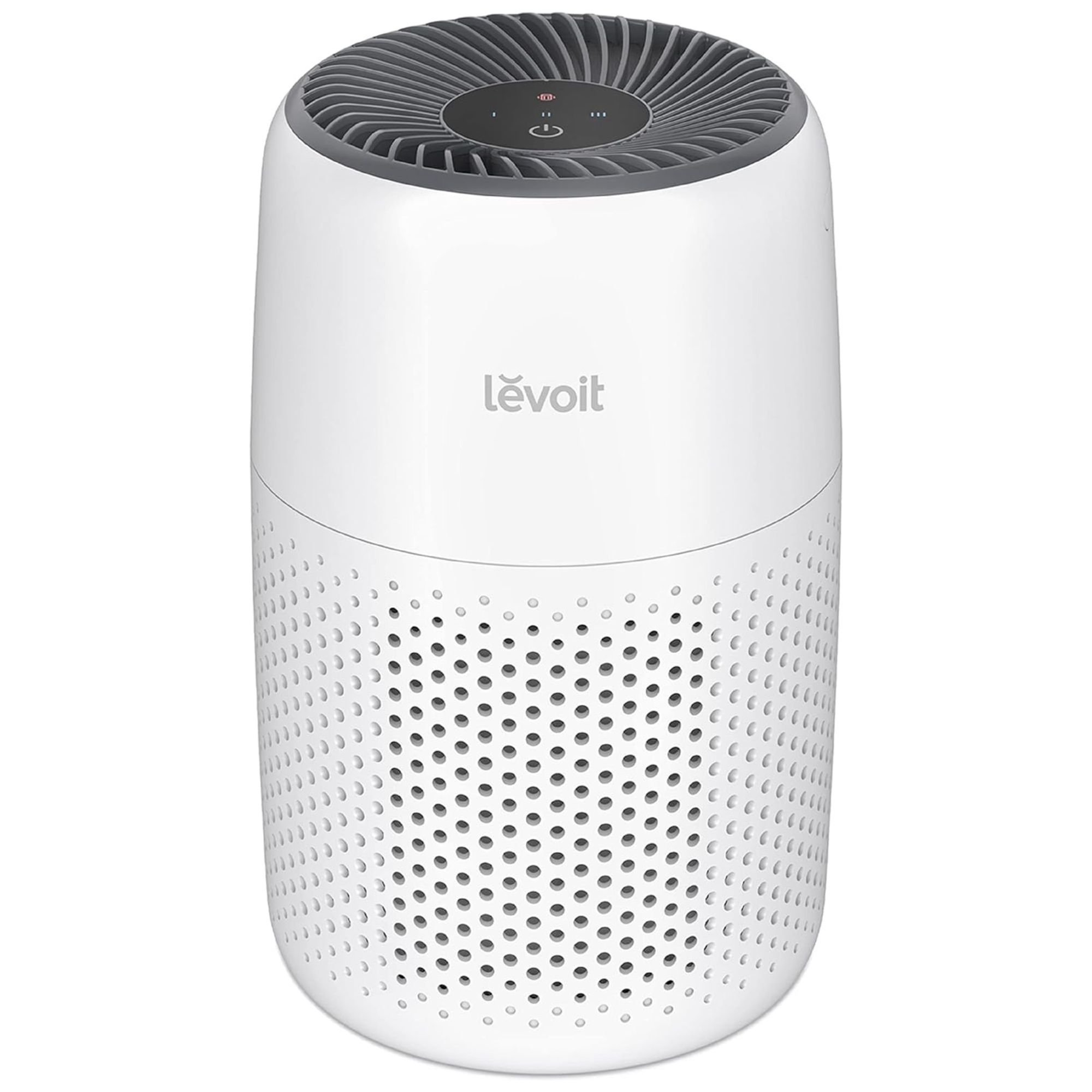
This is a great affordable option, with a pre-filter and main filter to successfully remove lint, hair, pet dander, smoke particles and other fine, airborne particulates from the air. It also features an activated carbon filter.
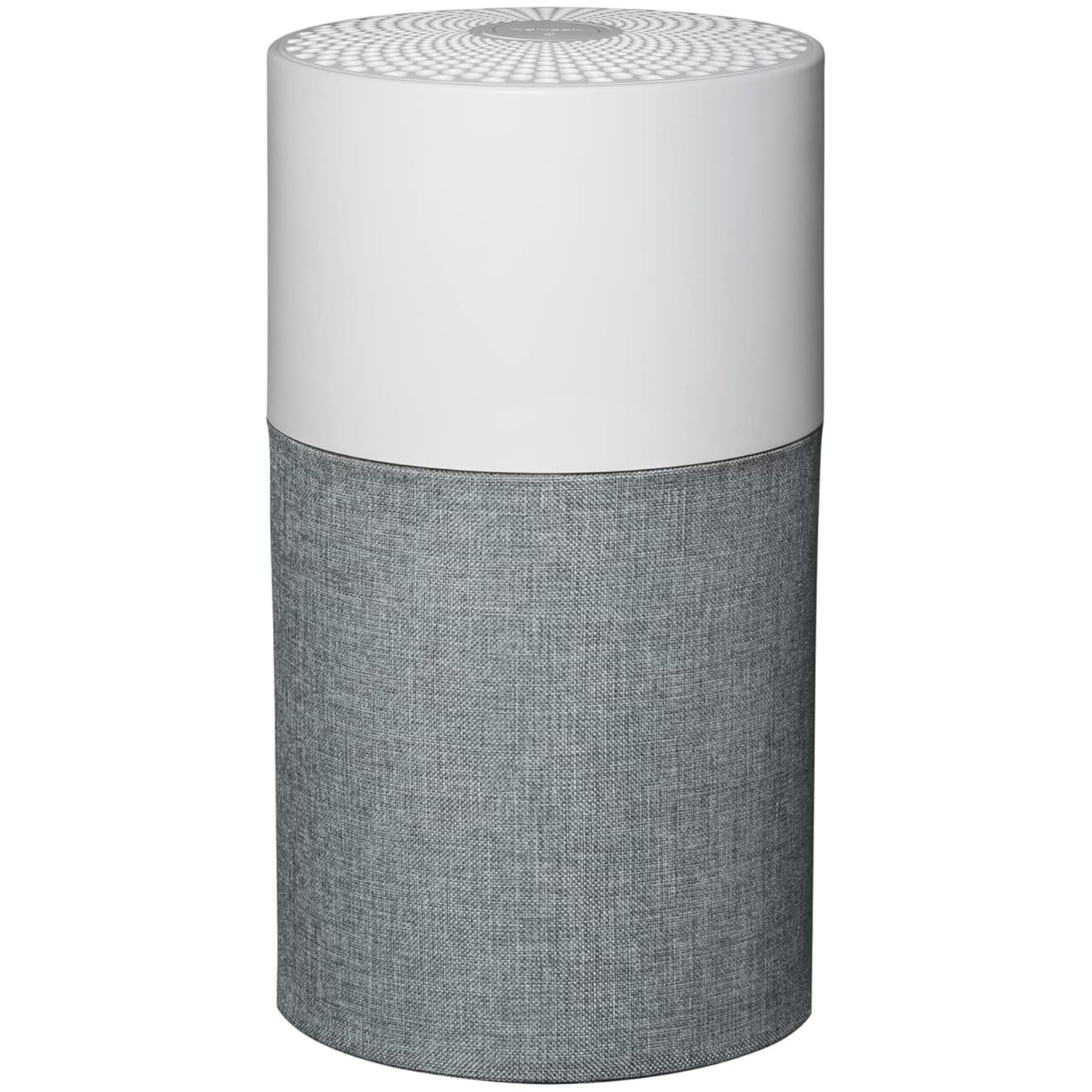
'BLUEAIR is a highly rated residential-grade brand,' says Greenberg. This one is a compact design, which uses HEPASilent technology for a powerful yet quiet model, perfect for bedrooms and nurseries.
If you're on a budget, Mitchell recommends the number one bestselling LEVOIT Air Purifier available at Amazon, which has a HEPA filter and optional toxin absorber filter, which specializes in VOCs.
Air purifiers such as the Medify MA-40 UV Light Air Purifier from Amazon, while more expensive, also have UV-C light technology. UV-C light distorts the DNA of mold and microorganisms, making them harmless and unable to multiply. This method is often used with HEPA filters to make air purification even better. The big benefit here is that it adds extra protection by getting rid of mold spores that get past the filter.
Additionally, air purifiers like the Molekule Air Pro available at Molekule actually destroy organic matter at the molecular level. While most air purifiers typically have two layers of filtration, mechanical filters for particles and carbon filters for gases/odors, Molekule's air purifiers, also available at Molekule use PECO technology to destroy the matter itself.
Mitchell warns, 'Just steer clear of ionizing purifiers, as they can create ozone, which might worsen respiratory issues.'
Regular maintenance, like changing filters and cleaning an air purifier is also important for keeping the purifier running well and maintaining optimal air quality.
Where to place an air purifier

Using an air purifier is not as simple as putting it in a corner and hoping fo the best. You need to locate the best place to put an air purifier to ensure its efficiency.
According to HVAC expert Josh Mitchell, 'It's best to place the air purifier close to areas where mold is growing, or in rooms where you've noticed a moldy smell but can't see anything. This way, it can catch any airborne spores that might be released, helping to keep them from spreading elsewhere.'
But, when placing an air purifier in a room to deal with mold, make sure to close the door to shut that space off from the rest of the house. Mold expert Greenberg warns, 'Otherwise, the air purifier could simply help redistribute the spores to the rest of the house.'
And, if you have ongoing mold concerns, Mitchell recommends running your air purifier continuously, particularly during humid seasons.
Supplementary methods to remove mold and mildew
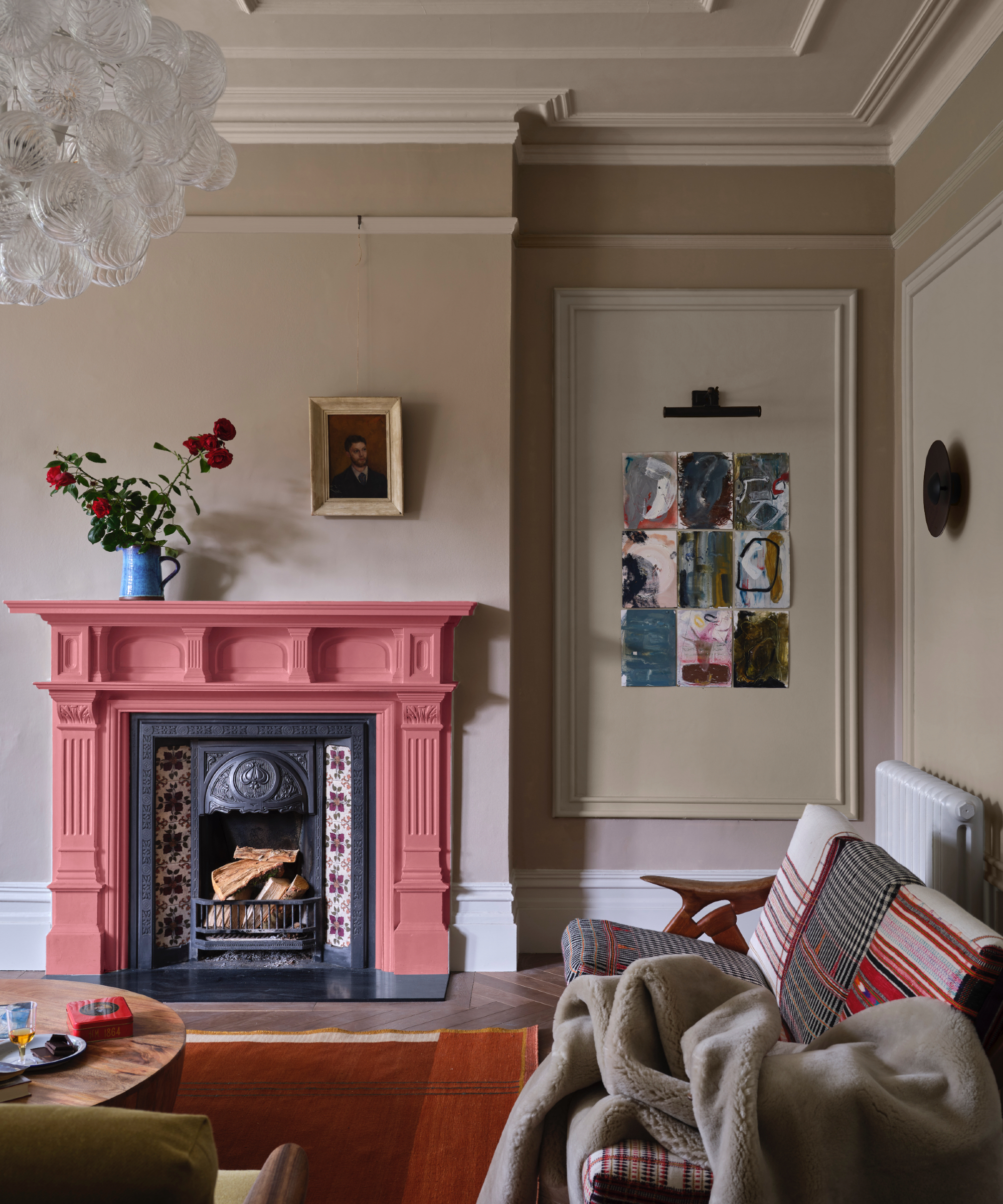
Whilst air purifiers can help with mold and mildew, they work most effectively when part of a comprehensive strategy. According to Asif Bux, owner and service manager at Comfort Union, a HVAC & plumbing company, there are other methods you should try in conjunction with your air purifier to prevent mold from forming:
- Control Humidity: 'Try to keep humidity levels between 30% and 50%,' recommends HVAC expert Mitchell. 'This range is perfect for comfort and helps prevent mold. You can monitor the levels with a digital hygrometer, and I recommend using both a humidifier and a dehumidifier to keep those levels in check.' You can check humidity levels with a hygrometer, such as the bestselling ThermoPro TP50 Digital Hygrometer available at Amazon.
- Fix Leaks: Address any plumbing leaks or water issues promptly to prevent moist conditions in which mold thrives.
- Proper Ventilation: Use exhaust fans in high-moisture areas like bathrooms and kitchens. Ensure that clothes dryers and stoves are properly vented outdoors.
- Regular Cleaning: Use commercial mold cleaners such as MOLD ARMOR Mold and Mildew Killer from Walmart or a mixture of water and bleach to kill mold (1 cup bleach to 1 gallon of water). Ensure proper ventilation when cleaning to avoid inhaling toxic mold spores. Run your air purifier afterward to capture any disturbed spores.
- Remove Infested Materials: Sometimes, mold-infested materials like carpeting, wallpaper, or ceiling tiles need to be completely removed and replaced.
- Regularly maintain your air purifiers: In addition to regularly cleaning your air purifier, check and replace the filters, as a clogged filter can reduce its effectiveness. Keep an eye on areas where you have had mold problems, as these could likely develop new growth if not properly managed.
FAQs
Will an air purifier help with mold smells?
If you need to get rid of musty smells in a bathroom, get rid of musty smells in a bedroom, or get rid of musty basement smells, the good news is an air purifier will help.
Mold expert Greenberg says, 'An air purifier may help with mold odors, if it is equipped with a charcoal filter or another odor eliminating technology.
'However, we must stress again: just addressing the odor will not eliminate the source, and the mold will spread if it is not removed as soon as possible.'
So, are air purifiers worth it when it comes to tackling mold? Well, HEPA filters can significantly cut down on the number of mold spores in the air, which in turn lowers the chances of mold growth in your home. But, they can't be solely relied on.

Seraphina is a contributing editor at Homes & Gardens, writing Solved features on organizing and storage. She loves to decorate and also grow her own produce from her home in London. Her previous experience includes working at Women's Health and Fabulous Magazine.
